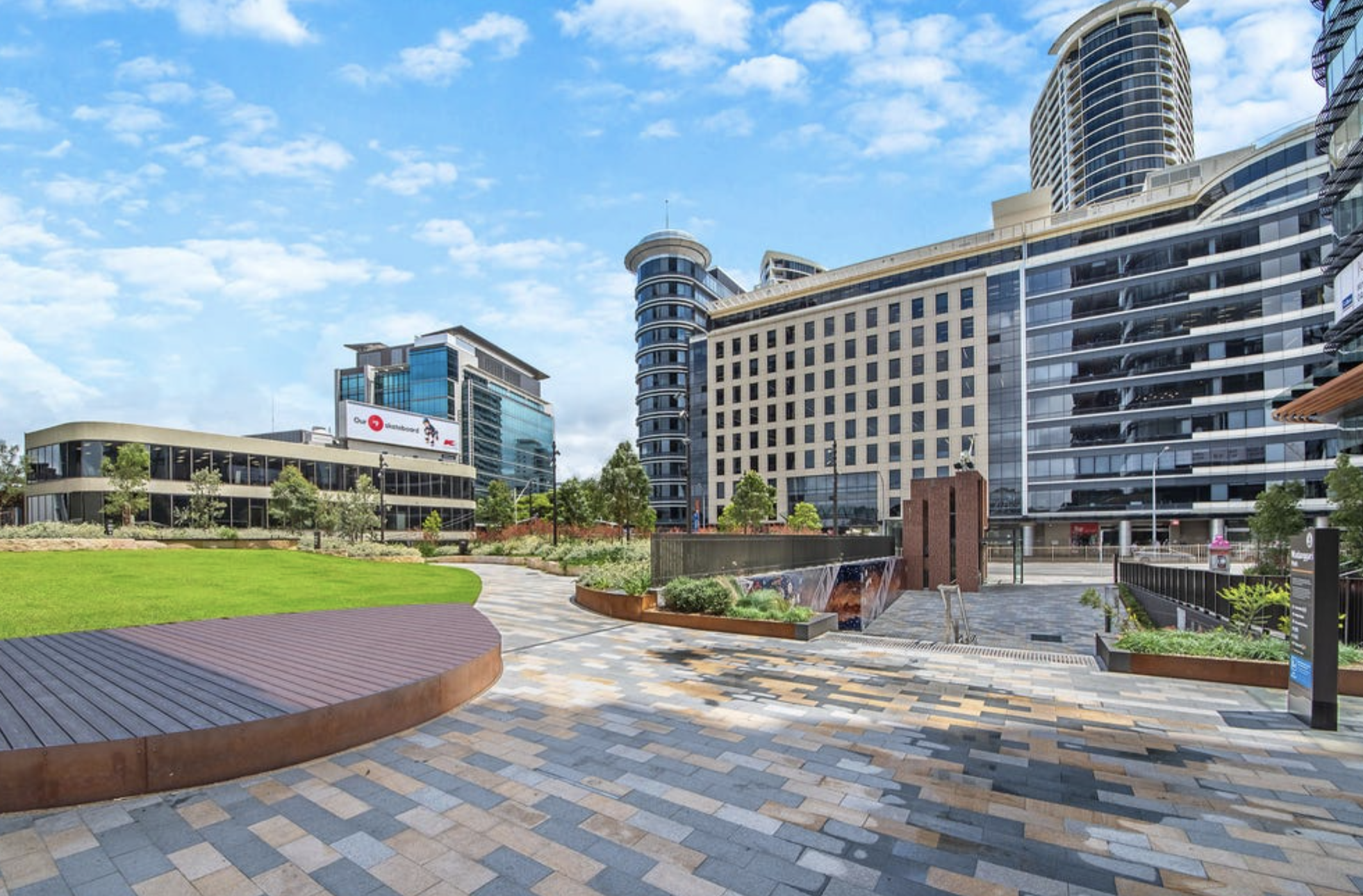‘Too much housing’: where Sydney home prices could plummet
Figures from SuburbData showed the bulk of the oversupplied markets were on Sydney’s fringes and in higher-density zones in middle-ring suburbs – especially in the northwest and west.
Parts of Sydney’s inner south were also reported to have a glut of properties up for sale and could become oversupplied if sales continued to tick up further.
Experts said the unusual situation, where there are too many houses in these areas relative to the numbers of buyers who want them, has created a dilemma for home seekers.
The higher supply of housing means buyers have a chance to snap up properties without the stiff competition that’s come to define the rest of the market – where housing shortages remain the norm.
But purchases in these oversupplied markets also come with a big risk: anyone who buys there might be stuck in their home for years because of the difficulties they may face trying to sell.

Suburbs on Sydney’s fringes and in higher-density zones in middle-ring suburbs are proving popular. Picture: Getty
Oversupply has traditionally been correlated with falls in home values, raising the prospect that anyone who buys in these markets could make a loss if they need to sell in the coming years.
“Oversupply is the enemy of capital growth. It keeps home values from rising and can even push them down,” said SuburbData analyst Jeremy Sheppard.
Mr Sheppard said the potential reward of buying in one of these areas with better value for money needed to be weighed against the likelihood of a new buyer getting trapped in that market.
“These can be good markets if all you care about is a roof over your head,” he said.
“In that way, there are potentially some opportunities for first-home buyers because there is not as much competition to buy.
“The problem is if you need to sell for whatever reason … Unless you’re willing to sell for a loss, you could be in a position where you need to wait many years until you’re able to cover your selling costs.

This 5-bedroom house in Rouse Hill sold for $2,816,200 in May 2023: Picture: Realestate.com.au/sold
“In the more extreme cases, it could take up to a decade for that excess housing supply to be absorbed and for values to return to normal.”
SuburbData indicated the areas with the biggest oversupply of detached houses included northwest suburbs Oakville, Box Hill, Rouse Hill, Marsden Park and Riverstone.
Oakville had the largest oversupply, with 13.4 per cent of the total housing stock in the area currently up for sale.
For some perspective, 1 per cent of stock on market normally indicates a market where demand and supply are evenly matched, according to SuburbData.
House oversupply was also reported in the southwest, including in suburbs Austral, Leppington and Catherine Field.
Suburbs with a unit oversupply were Schofields, Carlingford and Macquarie Park, in the northwest, along with a cluster of suburbs between Homebush and Parramatta.

Apartments in Macquarie Park in the north-west of Sydney are in oversupply. Picture: Realestate.com.au/sold
That cluster included Mays Hill, Rhodes, Sydney Olympic Park, Homebush, Merrylands and the Parramatta CBD.
Other pockets oversupplied with apartments were St Leonards, Mortlake and Haymarket.
Mr Sheppard added that first-home buyers wanting to capitalise on the softer sales conditions in these markets needed to be prepared to hold their properties for the long-term.
“Ideally, when it’s your first home you still want a bit of equity locked in soon after your purchase. Without that equity you have fewer options as an owner if things ever go wrong.”
Buyer’s agent Veronica Morgan, who runs an academy for first-home buyers, said those hoping to get a “good deal” needed to be wary of purchasing in an oversupplied market.
“We teach first-home buyers about how not to get stuck on the first rung of the property ladder and this is one way,” she said.

St Leonards on the lower north shore is another suburb that is oversupplied with apartments. Picture: Realestate.com.au/sold
“Generally, if something is easy to buy, it’s difficult to sell. If you’re a first-home buyer and this is not going to be your forever home think carefully about who the next person that you’ll sell to will be.
“One problem you’ll have is that most of the people who buy in these areas are investors using depreciation tax benefits or (owner occupiers) capitalising on government incentives for buying new.
“Those incentives evaporate the moment a property has been owned. Why would they buy your home when in the next estate there are new homes where they can access all those grants?’ ”
Mr Sheppard said house oversupply often emerged in semirural areas where housing constructed preceded infrastructure.
“The thinking can sometimes be ‘if we build it, they’ll come’ but it can be difficult for developers to truly predict just how much demand there will to live in some locations once houses are built there.”


